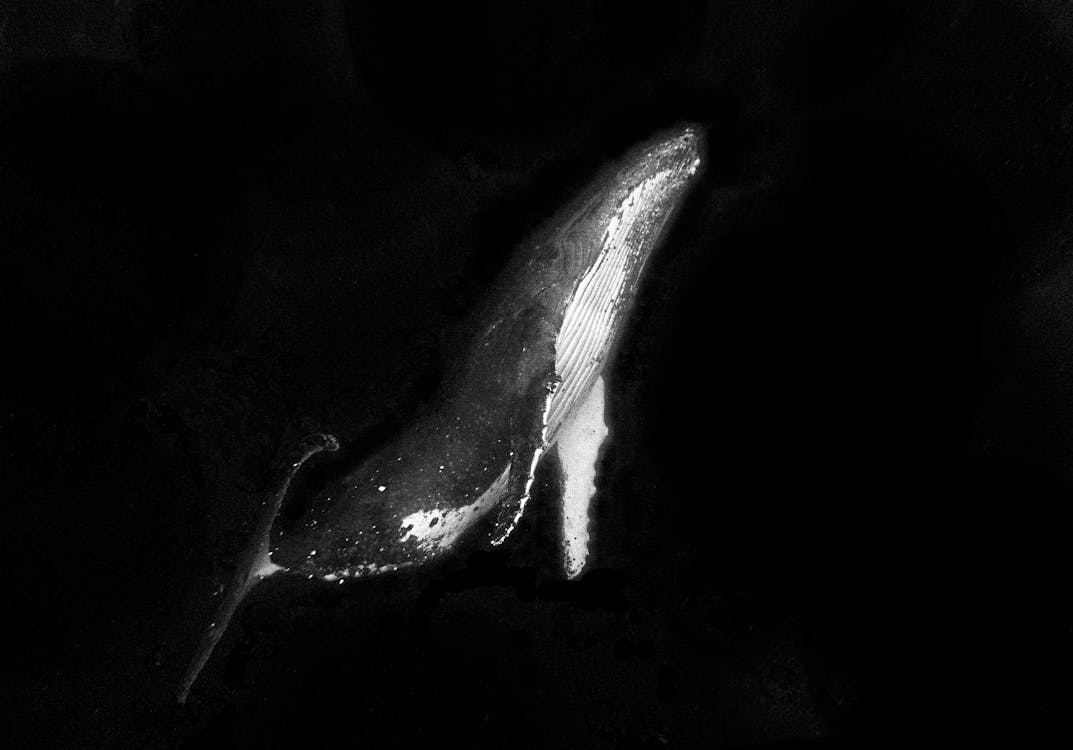Of all the wonderful things about living on Earth, discovering new creatures is one of the most exciting and fascinating things you can do! This list showcases some of the biggest animals that you probably didn’t know existed, despite existing right under our noses, or in this case, right under our feet! Many of them are endangered and have very specific habitats and diets, so here are some tips to help you spot these amazing creatures while they still exist on this planet. Please enjoy this list and feel free to share it with your friends if you think they might enjoy this article! Thank you!
1) Sperm Whale

The sperm whale is one of the largest animals on earth. They are found in every ocean and were once hunted for their oil, which was used to make soap and lubricate machinery. Their teeth are around 8 feet long and can be 2 feet wide. The only animal larger than them is the blue whale, but it’s technically not classified as an animal at all because it’s a baleen whale.
2) Blue Whale
The Blue Whale is the largest animal that has ever existed on Earth. It can grow to be anywhere from 27 ft (8m) to 31 ft (9 m) long, and weigh as much as 200 tons. They eat as much as 4 tons of food each day, with their favorite meal being small fish like herring and anchovies.
3) Fin Whale

Fin Whales, although they are not typically considered one of the biggest animals in the world, can be up to 30 meters long. They live most of their lives in deep waters and because of this, only about 5% of them have been seen by humans. This animal is called a baleen whale because it feeds on krill by using its baleen to filter out food from water.
4) Elephant Shark
There are about 400 species of sharks, but only 12 species are known to be capable of killing people. These sharks are known as the Tiger Shark, Bull Shark, Great White Shark, Mako Shark and Whale Shark. The Elephant shark is not one of these 12 species. Its scientific name is Callorhinchus milii and it can grow up to 40 inches long. They live on a diet consisting of shrimp, fish and squid. In captivity they have been know to live up to 50 years old.
5) American Bison

Bison are native to North America, but were introduced to other parts of the world. The largest animal on this list, bison can weigh over 2,000 pounds. Bison are herbivores that feed on grasses and other plants. They also have a thick coat of fur and skin that keeps them warm during winter months.
6) Humboldt Squid
In 2013, a Humboldt squid was caught off of Santa Cruz that weighed 454 pounds and measured 16 feet from head to tail. This is one of the largest invertebrates ever documented. The Humboldt squid is typically found at depths of 1,500 feet or more, which makes them difficult for humans to encounter. They are mostly carnivorous and prey on fish and crustaceans like crabs and lobsters.
7) Atlantic Giant Octopus

This giant octopus is also called a North Pacific Giant Octopus. They can grow up to 15 feet long and weigh as much as 600 pounds. But before you get too excited about this massive sea creature, it’s best if you know that they are mostly solitary animals who would probably be more than happy to feed on humans!
8) Narwhal
Narwhal are sometimes called unicorns of the sea. They have a single long tusk that spirals from their upper jaw, up and over their head, and then down to about a third of the way down their neck before it curves back towards their face. The tusk can grow to be as long as 3 meters (9 feet) and weigh over 9 kilograms (20 pounds). These marine mammals live in cold Arctic waters year-round.
9) African Elephant

African elephants are one of the largest mammals on Earth, reaching up to 5.5 m (18 ft) tall and weighing as much as 7,000 kg (15,000 lb). They have a long lifespan, living up to 70 years or more in captivity. There are at least two subspecies of African elephants: savanna and forest.
10) Giraffe
Giraffes are some of the most well-known animals in the world, but there are plenty of others that are much less known. They come from a family called Cephalopoda, which includes octopuses and squid. These giants have long necks that stretch all over their bodies. Their heads weigh about 10% of their body weight, which means they have to put on a lot of calories!

